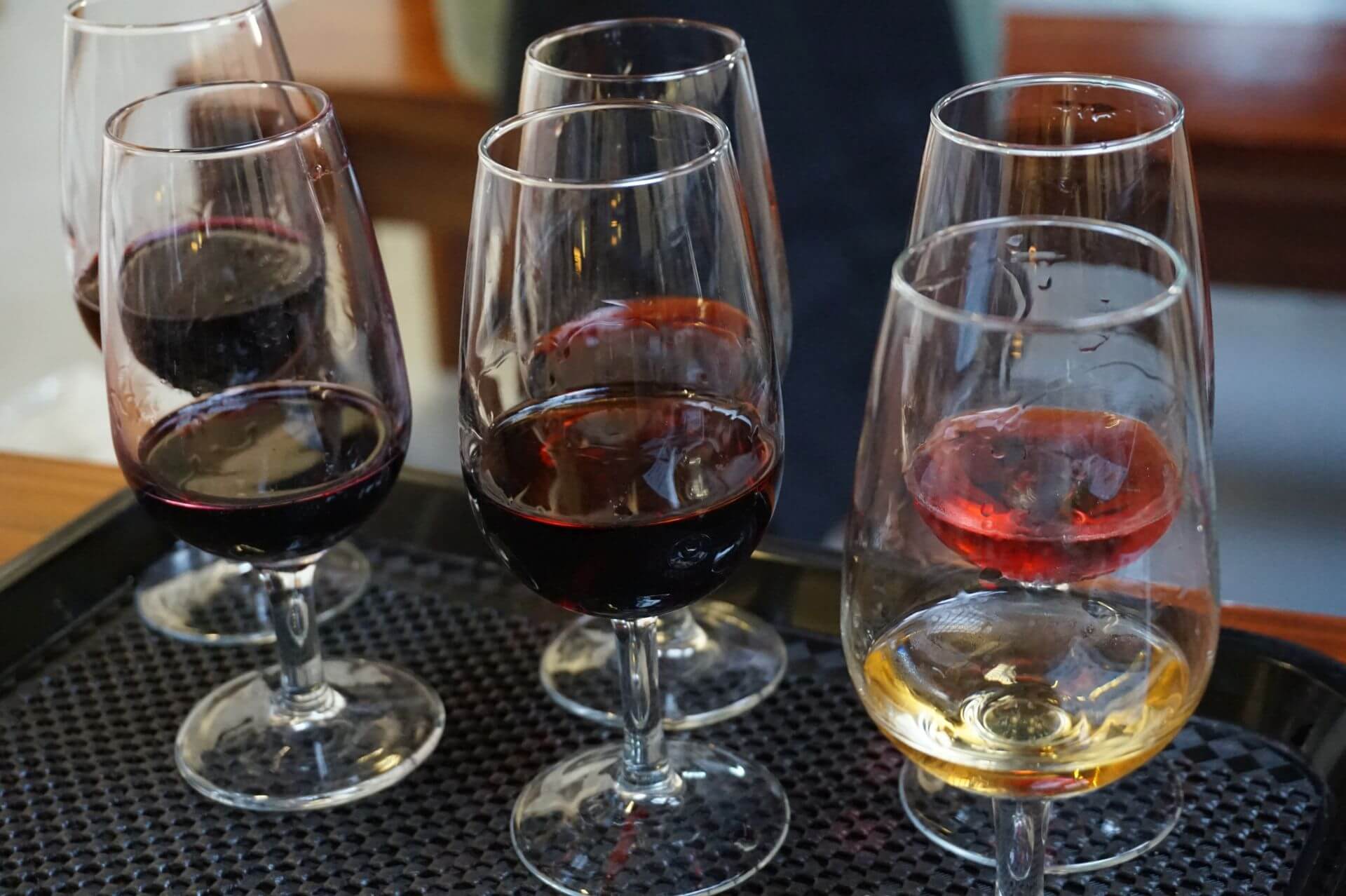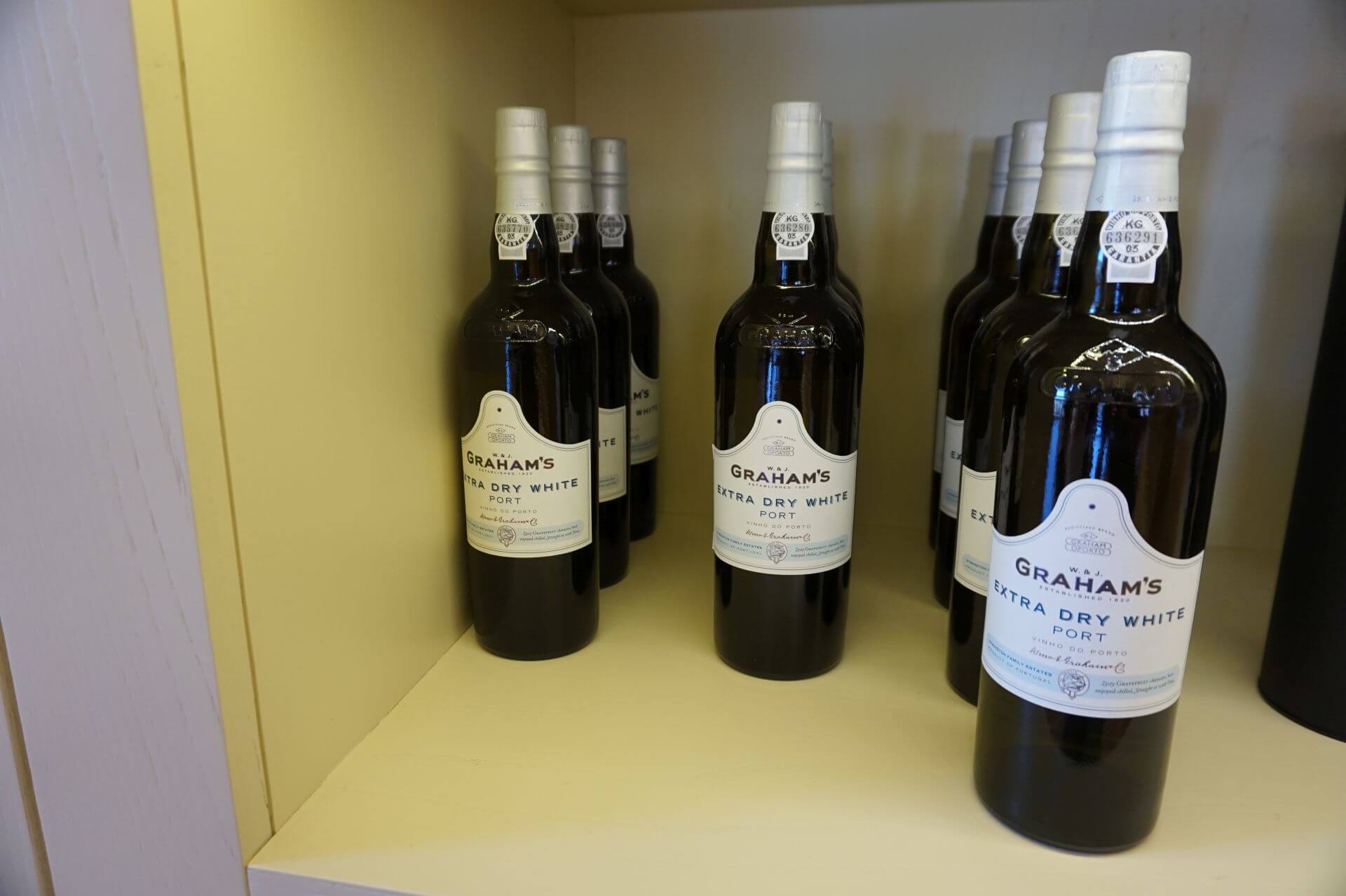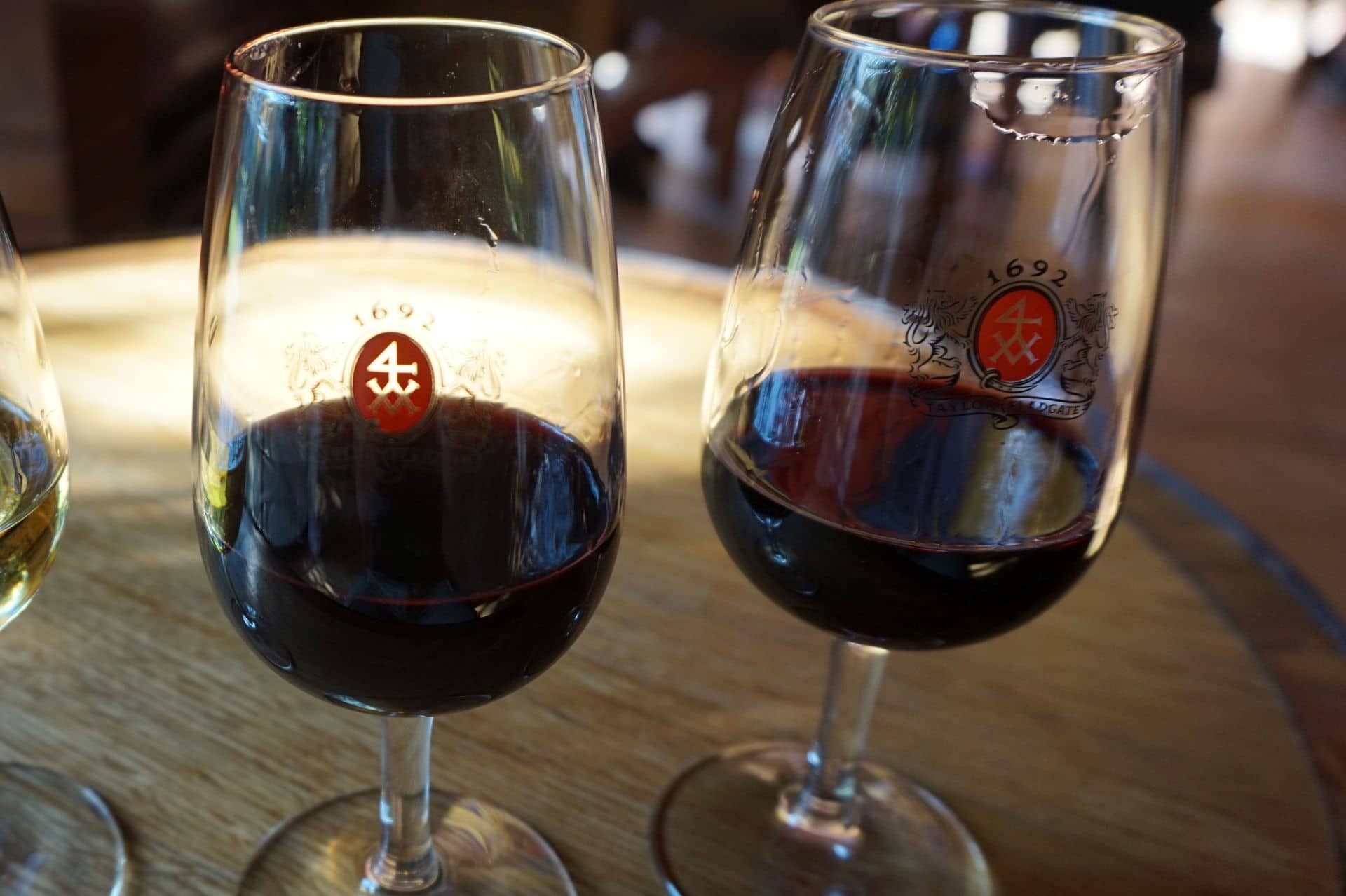
Port wine is undoubtedly one of the world’s unique. Its home is northern Portugal, more precisely the wine region in the Douro Valley. It got its name from the city of Porto, from where it exported to many countries for centuries.
The truth is that port wine comes from Portugal, but its fame was mainly due to the English in its creation in the 16th century.
Due to the war for the Spanish heritage with France, they are losing a source of quality French wines, so we are gradually developing a partnership with the Portuguese.
From there, it was only a step towards starting a trade in fortified wine, later referred to as „port wine“.
Subsequently, they added other nationalities to the English merchants – Germans, Dutch and the Portuguese were not left behind.
They operated a lively trade mainly with their then largest overseas colony Brazil.
In any case, thanks to these activities, port wine is part of the dining of many gourmets.
Port is not just for toasts
„Some people think that port wine is only good as an aperitif before a meal or after a good dinner,“ says Adrian Bridge, CEO of The Fladgate Partnership.
„Others feel it’s just a winter drink or something older people only drink. Fortunately, none of these statements are true, “enter Bridge.
Port wine is actually a very bushy topic and in terms of the number of its types, even the fingers of both hands are not enough for us to count.
The team can also refute other experienced clichés that port is just „sweet, red wine with high alcohol“.
The following overview will convince you otherwise – great Port wine can be calm or white or gold in color, with a pleasant acidity and an essential part when paired with delicacies.
White Port wine

It is made from white grape varieties. The typical white port has a golden color, smells like honey or nuts and has low acidity. Even white port referred to as „dry“ or „extra dry“ have residual sugar. This base matures for at least 1.5 years in stainless steel tanks or concrete „balloons“. White port wine is an excellent aperitif and an interesting ingredient for cocktails.
And beware – although it produces about 10% of the total production per year, it is definitely not an inferior wine. Older white wines do not match the quality with the same port wines from the red varieties.
Some wineries produce White Reserva or even rarer dated white port with an average age of 10, 20, 30 and 40 years. There are even expertly acclaimed White Colheities, vintage white port wines. The price of such a bottle from 1935 from the Kopke winery is around EUR 750.00.
Red Port wine

Under the term „Port wine“, most consumers imagine a stronger alcoholic drink of a deep red or brownish color. And they have a reason for that. Port wine from blue grapes makes up almost 90 % of all production. It is always a cuvée of several varieties.
Therefore, we first find the species in the category of two Port wines.
You ask how to get in them, but confess?
The easiest way to get out of the way wine matures.
Ports aged in steel and concrete tanks and also in bottles
Ruby wines mature without contact with the surrounding air. And either initially in stainless steel tanks, concrete tanks or later in a bottle. These include the classic Ruby, Ruby Reserve, Garrafeira, Late Bottled Vintage, Single Quinta Vintage and the Queen of Port Wines – Vintage. Thanks to this, the whole color is usually red, the aroma is fresh and we don’t like cherries or black currants in their taste.
Wood aged Ports
Opposite Tawny, Tawny Reserve, dated Tawny 10, 20, 30 or 40, Crusted and Colheita mature mostly during their time in wooden barrels, they are affected by deliberate oxidation. The team reaches from brown, through cognac to amber color, in the aroma it is spicy and tasty with a fine acidity of nuts, prunes or candied fruit.
All species must be evaluated for 3 years before being placed on the market.
Did you also see the vintage on the label? I take the red port division. Most Port wines do not state their year of origin, but for Garrafeira, Colheita, Single Quinta Vintage and Vintage, the vintage is known. For Crusted and Late Bottled Vintage (LBV), the year of bottling is indicated on the label.
Want to know even more? Go to the Red Port Wine page.
Rosé Port wine

In the original we can find it under the name „Rosé“.
This category is the latest among port wines. The first rosé port wine was introduced by the Croft brand in 2008, when it was initially classified as „light Ruby“ by the authority of the IVDP (Instituto dos Vinhos do Douro e Porto).
As the name suggests, Rosé port has a distinctive pink hue and is highly aromatic in the aroma. In the taste we find distinctly fresh undertones of raspberries, strawberries, cherries or caramel.
Like other port wines, Rosé port wine is a mixture of vine varieties. The blue varieties Touriga Franca, Touriga Nacional, Tinta Roriz, Tinta Barroca and Tinto Cão are most often used for its production.
And why is this wine rosé? When gently crushing blue grapes and pressing at low pressure, the contact of the must with the skin containing the dye is minimal. However, in that short time, the red pigment turns the resulting wine pink and reduces the amount of tannins in the wine.
As with white and red port, the fermentation process is stopped by adding 77% wine brandy. Rosé port wine contains about 19% alcohol. Unlike dated and vintage Port wines, Rosé is not intended for archiving.
It is best drunk chilled to 5 – 8 ° C and is a great ingredient in many modern cocktails.
Ideal for cocktails or just for summer drinking. How about enjoying a Sunday chocolate cake with rose port wine?
It matures for 3 years in a stainless steel tank and waits until it pleases you with its light flowery taste. Are you interested in port rosé wine? Go to the Rosé Port wine page.